Bingaman Lumber Tour
Dear Readers,
The endeavor to build this crazy house of ours has been fraught with difficulties. I can’t count the number of times I have turned to William and asked, “Do you ever regret not pursuing a project more…normal?” His answer has always been the same: “No.” And I agree. I just have to ask…
Amid the difficulties are ground-breaking enlightenments, inspiring learning experiences, and a growing sense of ‘awe’ and appreciation for individuals, groups, firms, and manufacturers who are paving the way for advocacy in responsible regenerative design and living. That sentence sure was a mouthful. But some things are just worth talkin’ about…
Bingaman & Son Lumber is one manufacturer that floored William and I with their processes and very ethos as a company. And they are certainly worth talking about! Hence this blog 😊
Bingaman & Son Lumber’s Manufacturing Facility
From the onset of designing our home, William and I wanted to use what is called ‘thermally modified wood.’ Thermally modified wood is lumber that is heated just about to the point of combustion. The intense heat caramelizes the sugar and starches in the wood, and solidifies the cells of the wood itself. The result is a dark, beautiful wood (that smells a bit like slightly over-baked chocolate chip cookies…) that is insect (unlike cookies, the wood now lacks the enticing sugar) and water resistant.
Thermally modified timber with the delightful smell of slightly over-baked chocolate chip cookies 🙂
It should be noted that the wood will do an initial expansion once installed. When it is initially thermally modified, it leaves the modifier with 3% moisture. Once exposed to the elements, it will expand to reach its limit of a 6% moisture content. This will create some visual deviations in the wood, but will not have any impact on the wood’s structural integrity.
Therefore, thermally modified wood does not need to be treated with any finishes. If a customer wants a stain or finish, that is of course an option. But it is not necessary. Over years of exposure to sun and wind, thermally modified wood silvers…creating its own ‘finish’ that embodies a beautiful connection to the element of ‘time’ within the human habitat…
One of Bingaman Lumber’s “test decks” which shows thermally modified ash’s silvering after years of exposure to the elements.
Another one of Bingaman Lumber’s “test decks.” This deck is entirely of thermally modified ash. On the top, is ash without any finish. On the bottom, is ash with a finish. You can see how without a finish, thermally modified ash ages to a beautiful natural silver. On the left, is a deck washed with just water. On the right, the deck was washed with a specific washing fluid for wood.
A natural work of art? We think so. Isn’t all nature art by design?
Anywho…William and I LOVE the longevity of thermally modified wood, as well as the beautiful color(s) the caramelization process (…and the eventual long-term exposure to weather…) creates. Thermally modified wood also requires only three simple ingredients to make: wood, heat, and steam. That’s it. No chemicals. We LOVE it.
However, the manufacturer we initially looked at was based…well, as you can probably guess where most advanced design aesthetics come from…in Europe. Not only were they based in Europe, but their wood itself was sourced from all over the world (including from PA). So, we would be potentially buying thermally modified wood that was harvested from Pennsylvania…shipped to Europe…thermally modified…and then shipped back to us. That didn’t make any sense.
Then, through a co-worker of a co-worker of a co-worker of William’s… it’s a long chain of relationships here…we were told: “hey, you know that there is a manufacturer right up near Selinsgrove that makes thermally modified wood.”
WHAT?!?
We had to visit them. Immediately. And we did.
Turns out, Bingaman Lumber was one of the U.S. lumber companies that used to supply said European manufacturer with lumber for their said thermally modified wood. Until, that is, Bingaman Lumber got their own ‘modifiers’ and established their Americana brand (specified for thermally modifying wood). It was a game changer to the U.S. market. Now, 90% of Bingaman Lumber’s thermally modified wood is sold within the United States. To put it in perspective, of the two truckloads of thermally modified lumber that Bingaman produces per week, 90% of it stays right here…state side.
(Not thermally modified…) Lumber to be loaded and shipped!
Bingaman Lumber is located up north of us…just around the river bend of the Susquehanna!
One of Bingaman Lumber’s modifiers.
And that’s certainly not all. Bingaman Lumber has shown an eagerness to learn as a company, as well as an openness to new challenges and inspirations. First, they are considering on getting a Declare Label…which is certainly a testament to their advocacy in transparency! Second, with the reality of Ash becoming scarce (thanks, but no thanks, Emerald Ash Borer…) Bingaman Lumber is experimenting with thermally modifying other hardwoods besides just Poplar, Oak, and Ash.1 They are experimenting with Cherry (which I personally think is beautiful…) and have also experimented with a pine, the Eastern Hemlock (which is also incredibly beautiful…but also aggrieved by yet another invasive species, the Woolly Adelgid).
From top to bottom: Hemlock, Ash (?), Cherry and Cherry. Bingaman Lumber testing out different thermally modified woods and their reactions to time and weather. I’m going to admit, I’m in love with the Cherry…
From top to bottom: Ash, Oak, and Poplar. Testing thermally modified woods with a finish, to unfinished thermally modified woods of the same species.
The reality that much of Pennsylvania’s forests are being afflicted by invasive species brings sustainability (including regenerative harvesting practices) to a stark reality. Bingaman Lumber sees sustainability for what it really is: a true means of survival. They understand that without healthy forests, their business will falter, jeopardizing the livelihoods of all those working for them, along with the 53 years of effort put into making the business work. Which is why they focus on harvesting Ash already devastated by the Emerald Ash Borer and committing to local FSC and SFI harvesting. They even have educational books in their main visitor office on threats to Pennsylvania Forests. And, within the manufacturing processes themselves, Bingaman Lumber does not believe in waste. They will use whatever scraps and sawdust they produce to heat their facility. In addition to using ‘waste’ as energy, they also have solar panels attached to their roof!
William is not proud of this blurry shot, but this is an image of scraps and sawdust going to be repurposed as fuel.
Solar Panels!
“Threats to the Forest: Insects, Plants, and Diseases.” Hardwoods Development Council, Pennsylvania Department of Agriculture.
Is Bingaman Lumber built for continuity? I think so. And they are intertwining that continuity as a business, with the continuity of a healthy environment. One cannot survive without the other. It is a mutualistic symbiotic relationship. And they know that.
Bingaman Lumber was a joy to tour. William and I are so excited to be using their FSC certified thermally modified wood, sourced and manufactured right here in PA…and watch it naturally age gracefully over time.
Thanks for reading!
Shelby
1. Ash, by the way, must be harvested within 3 years of initial infection by the Emerald Ash Borer. With so much Ash devastated by this invasive species, we are actually running out of harvestable ash lumber. This is, believe it or not, making oak cheaper than ash!
1 Comment
Submit a Comment
© 2020 Sustaining Tree
© 2020 Sustaining Tree

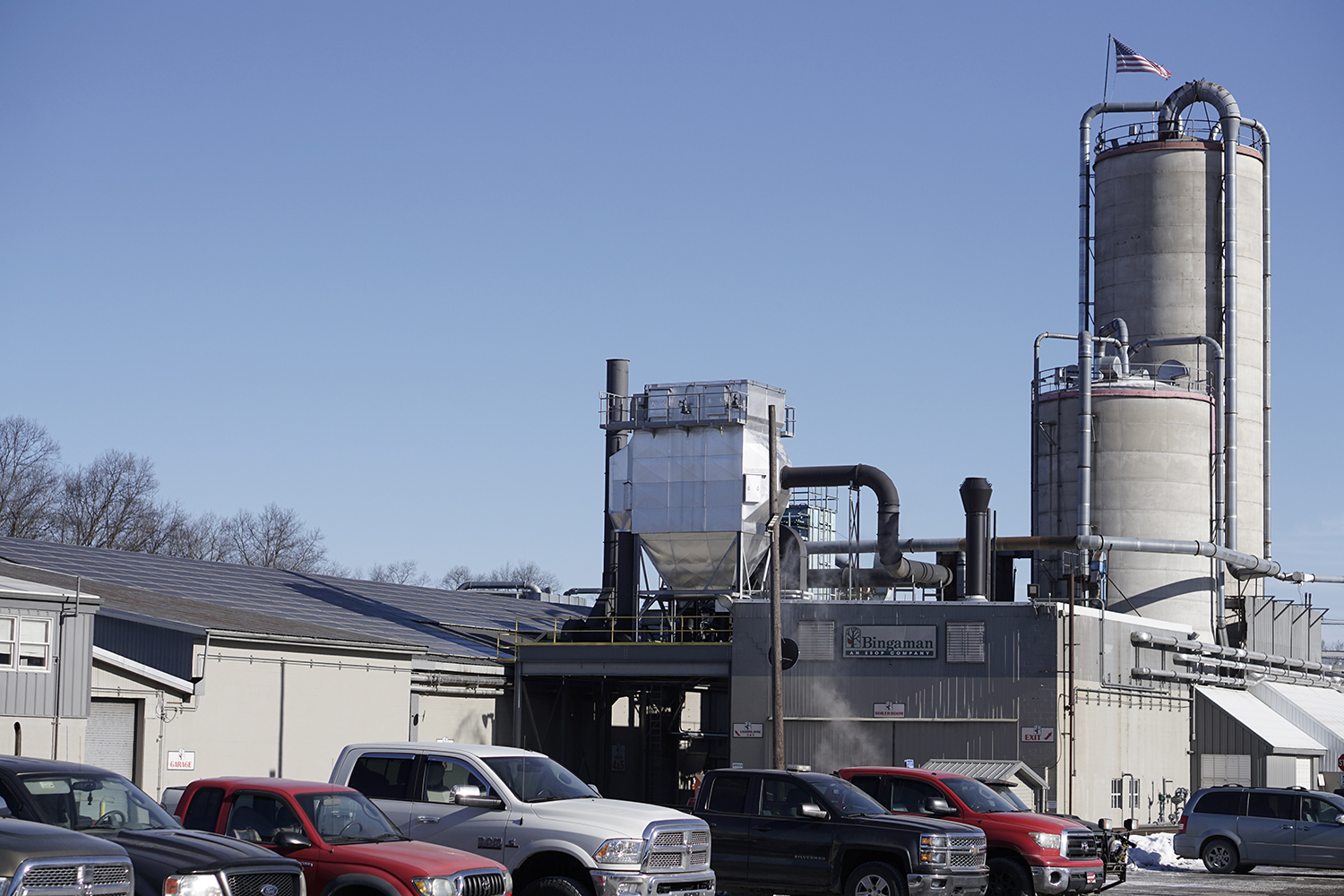
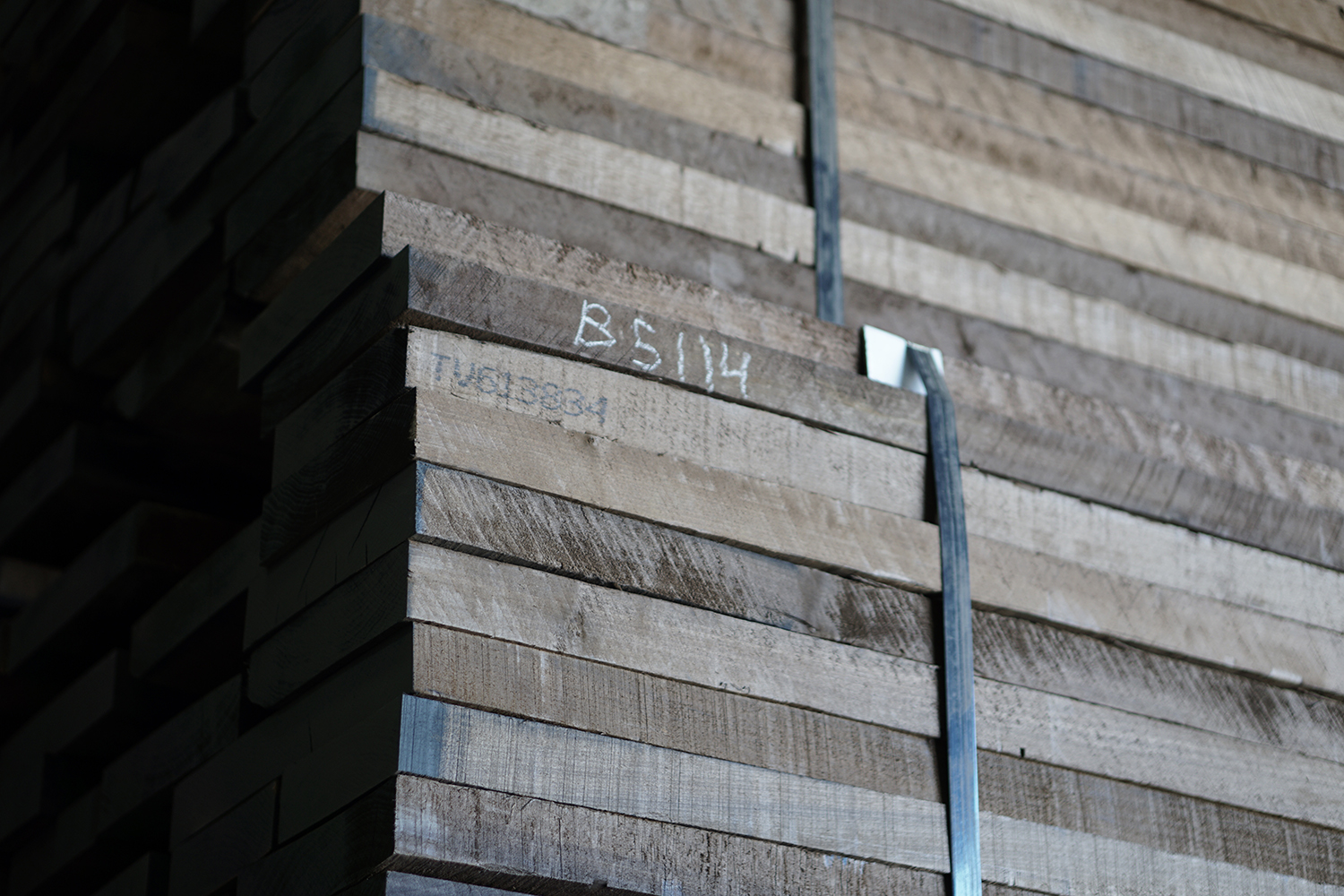
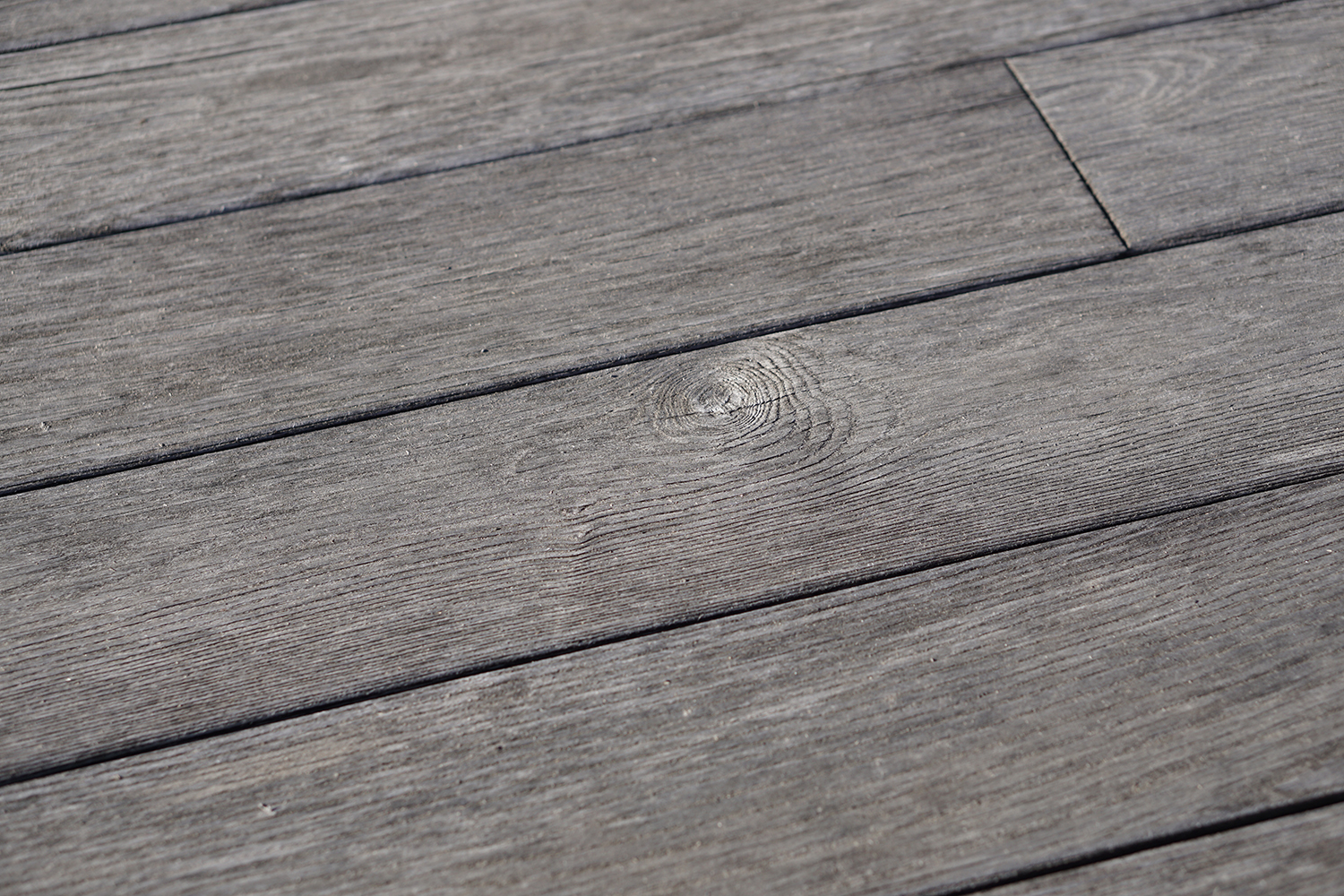
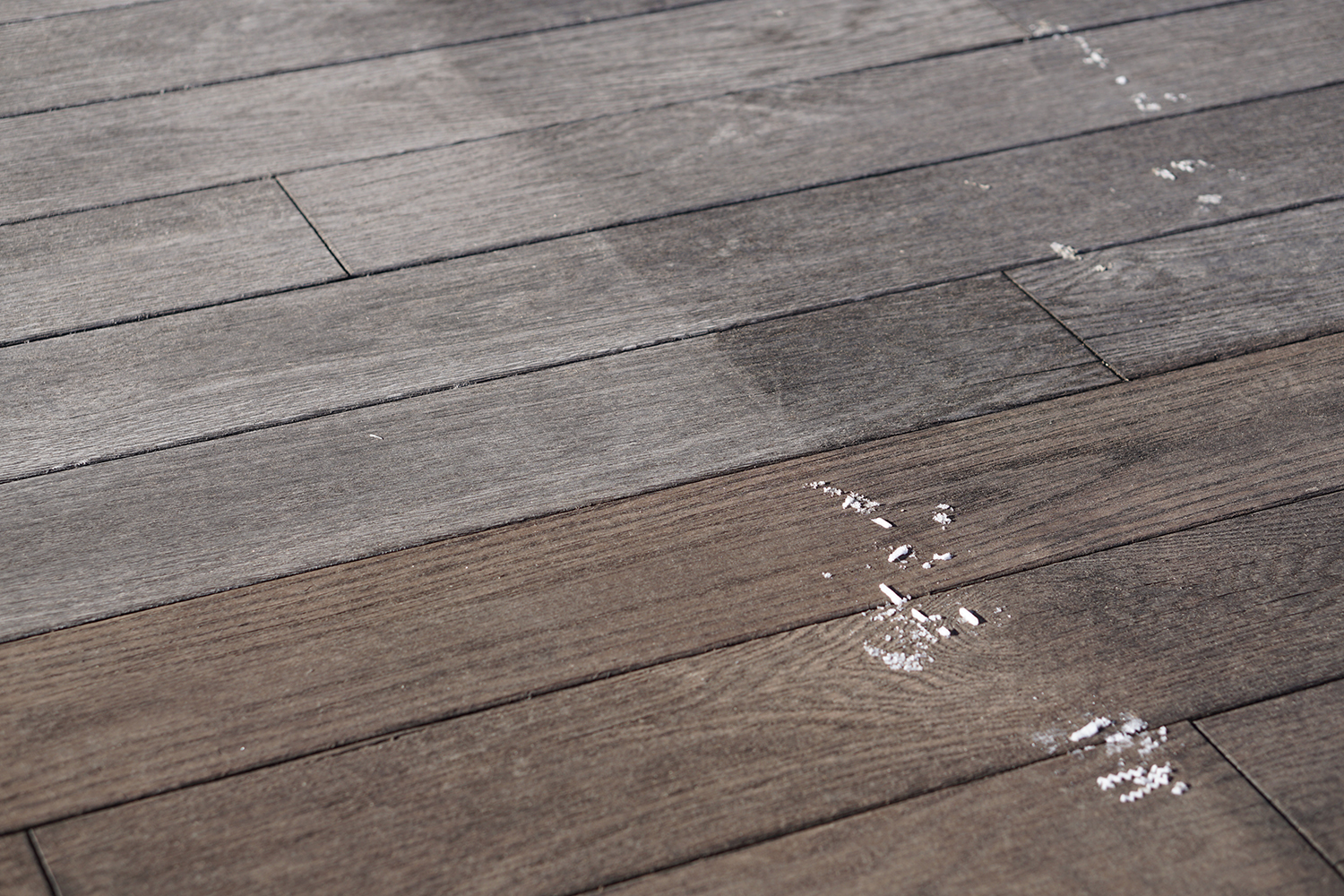
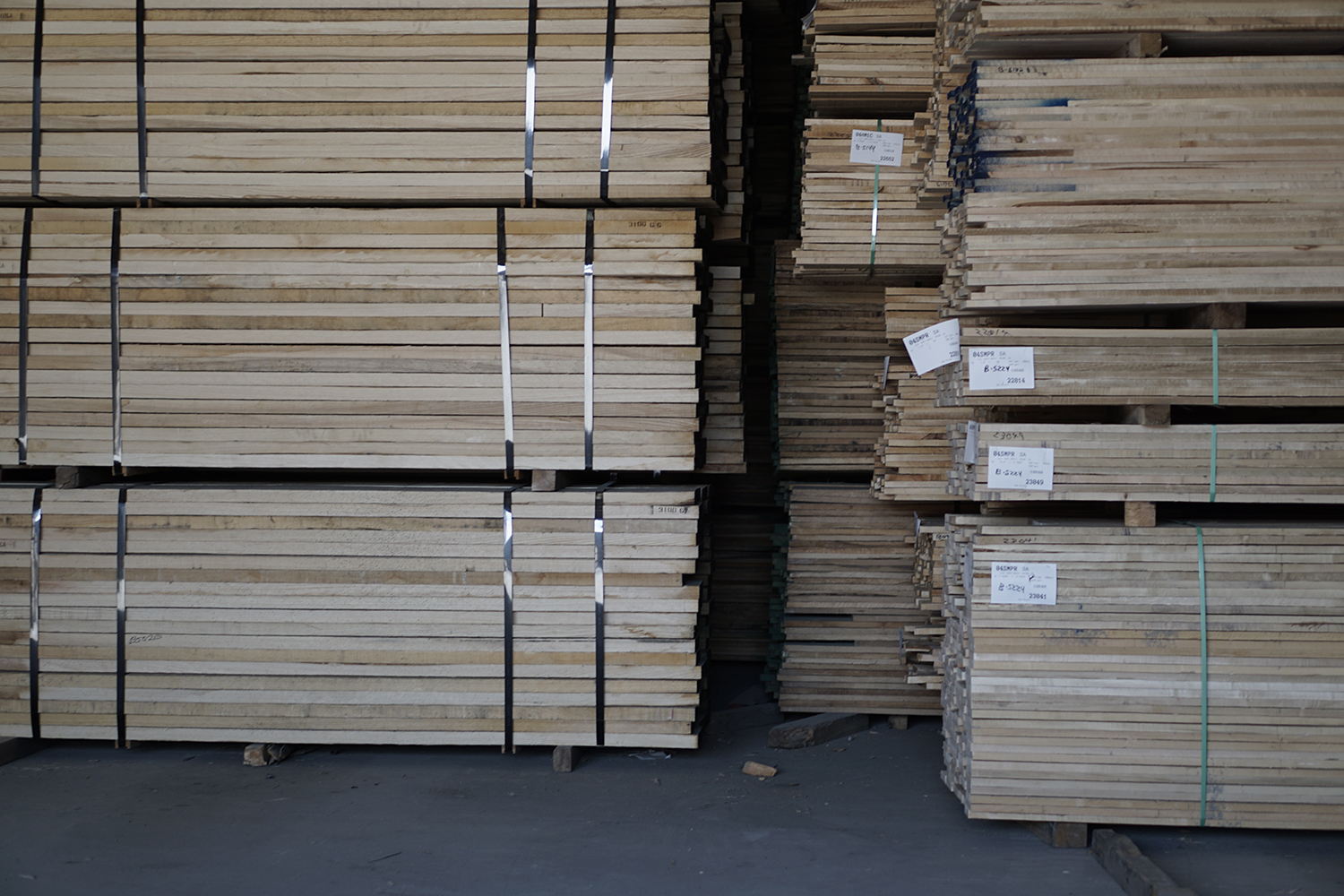
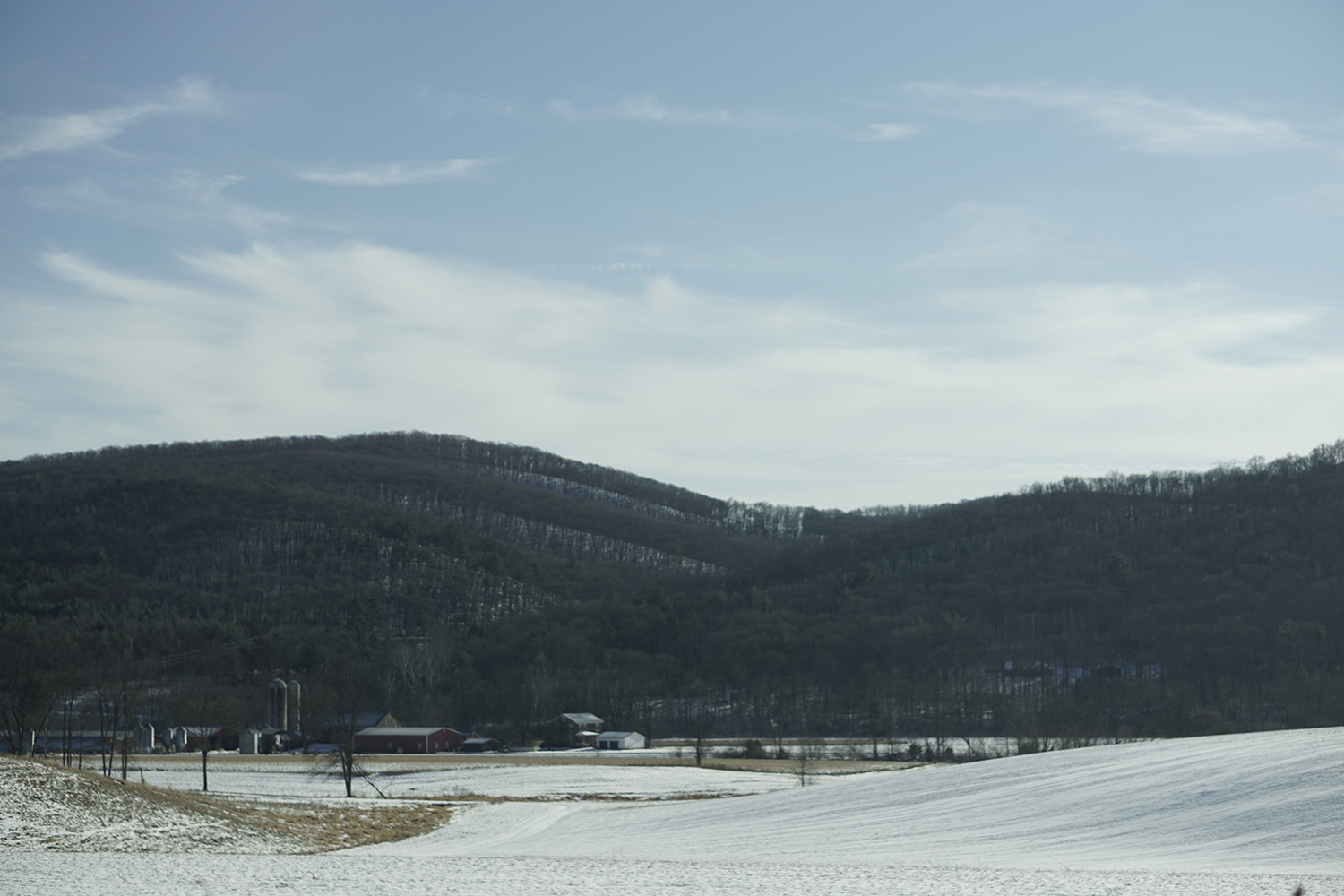
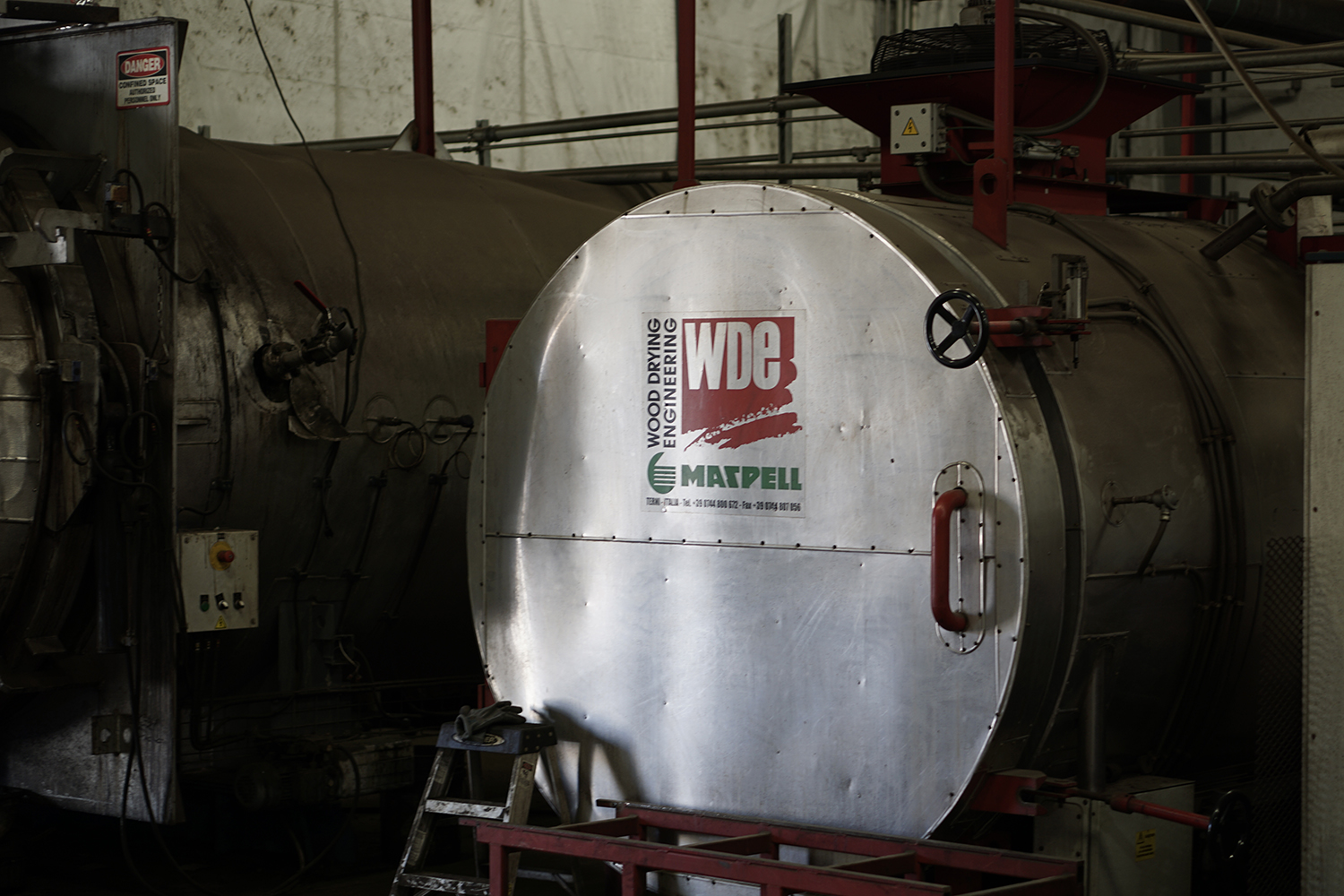
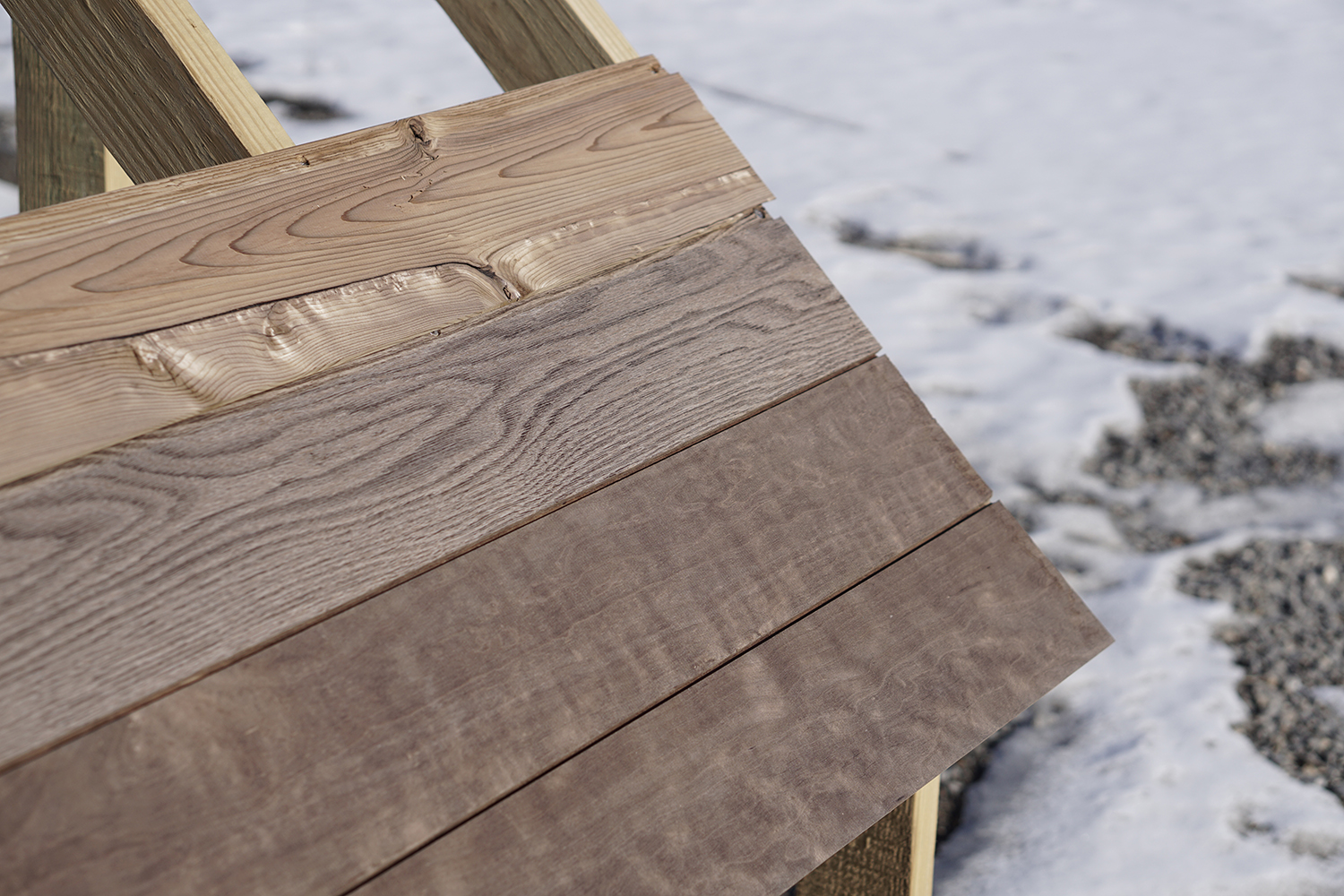
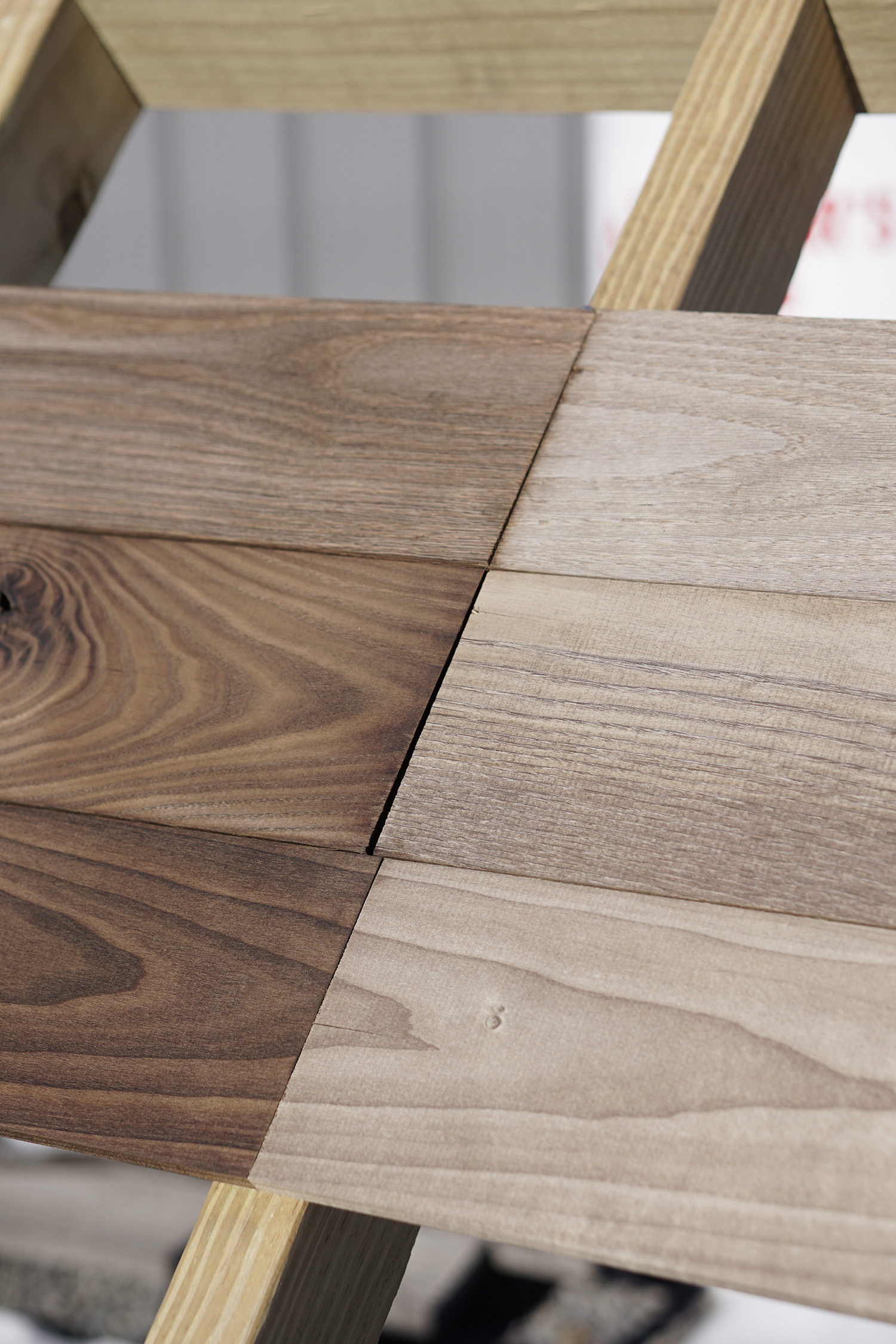
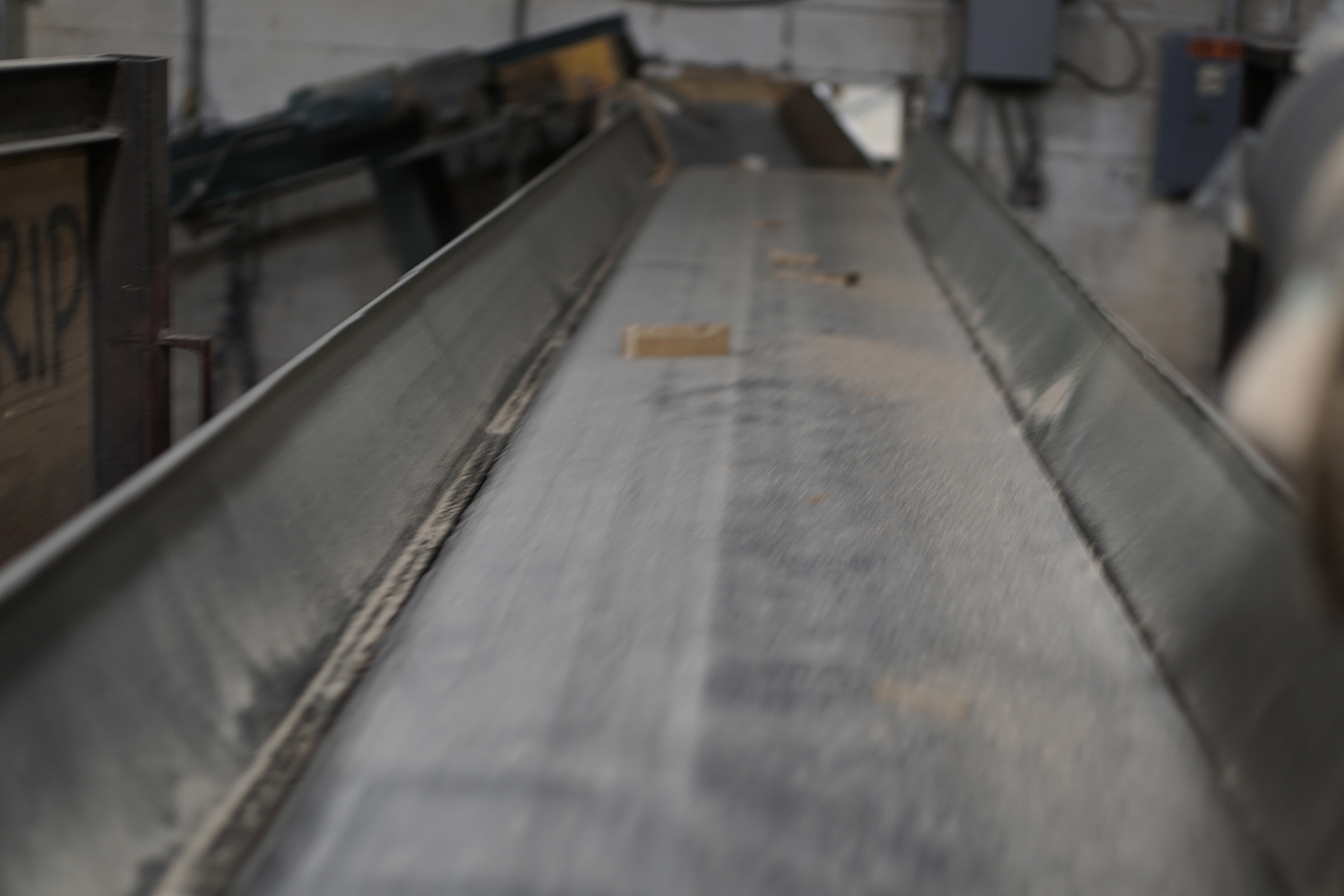
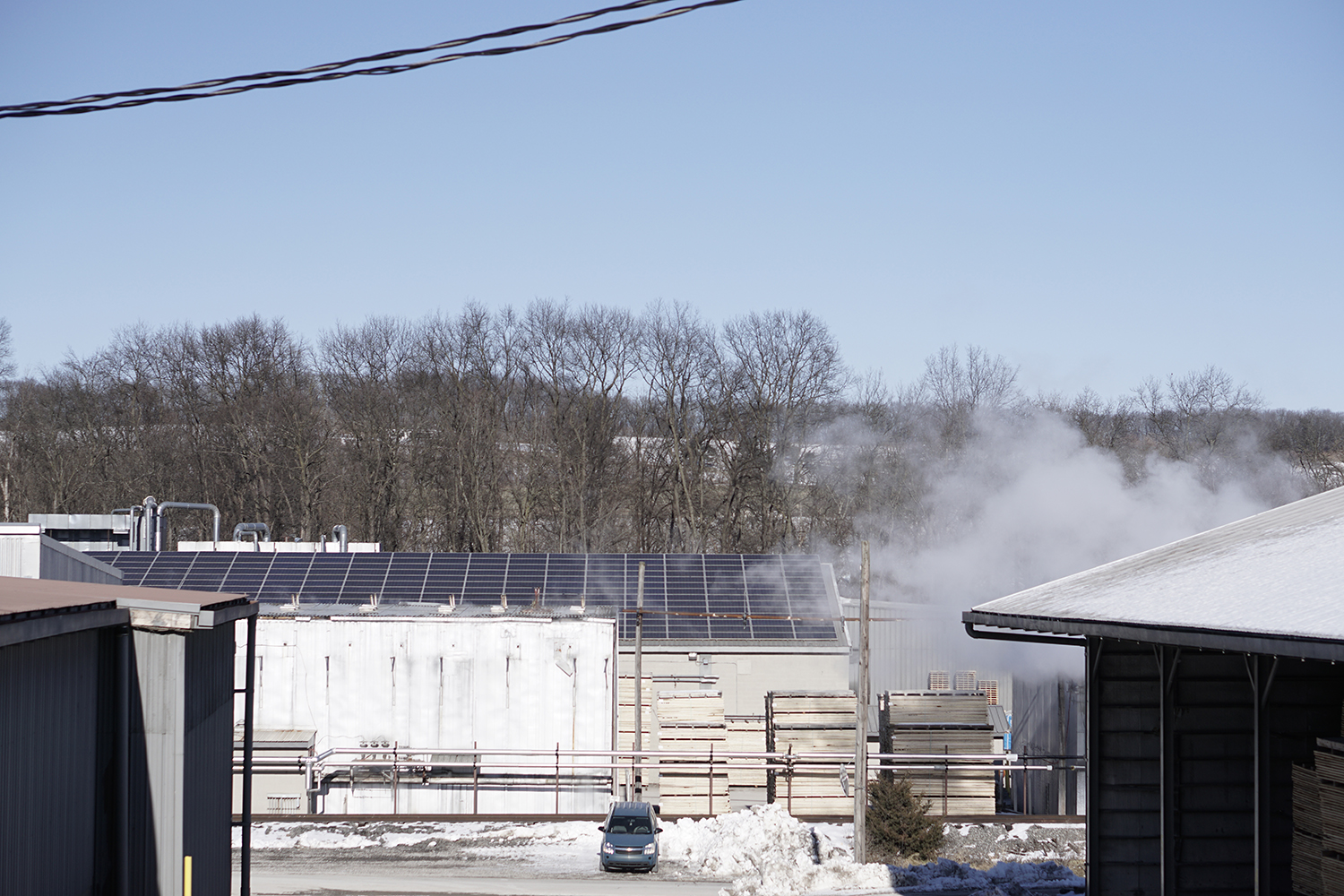
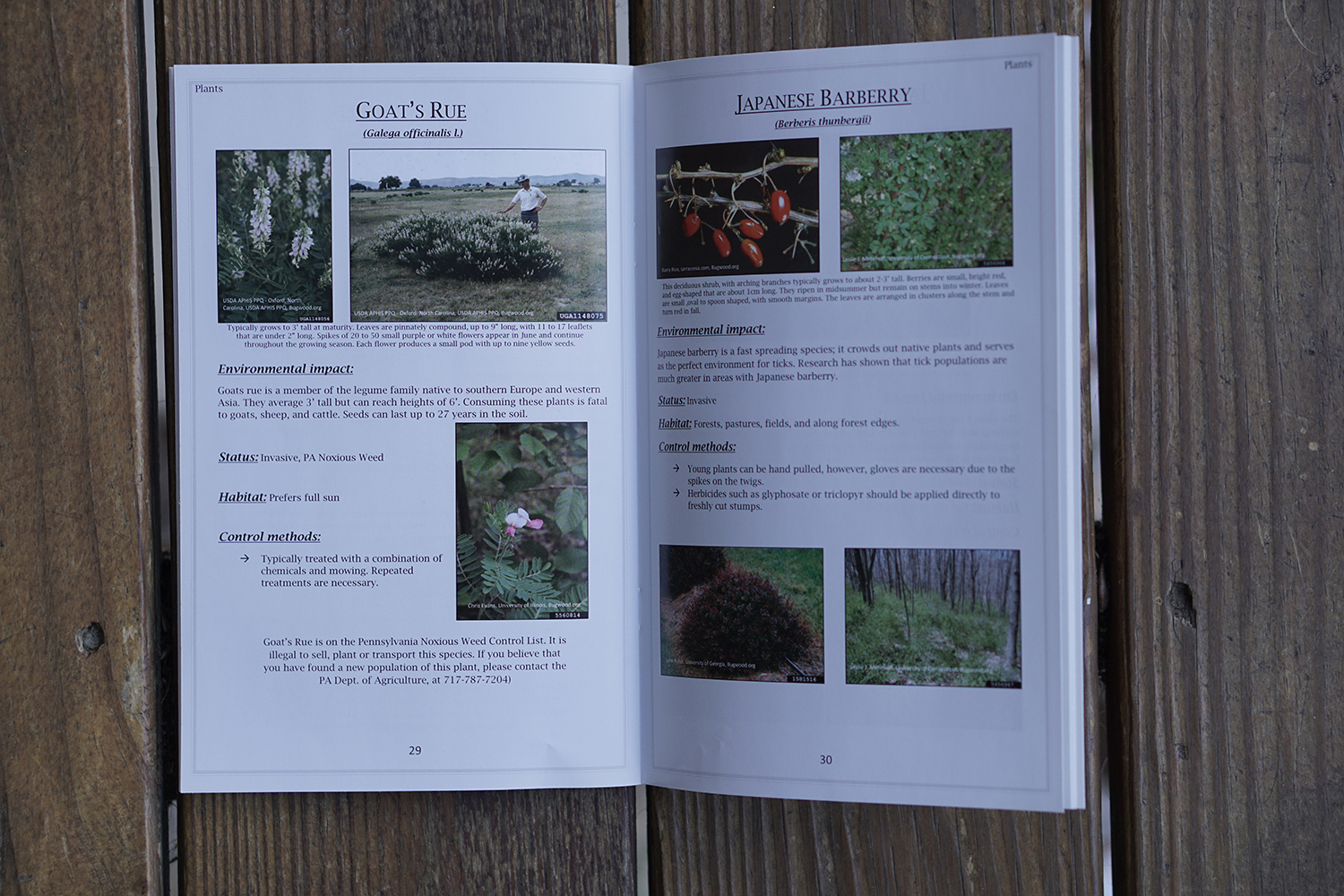
That is amazing that sugars and starches caramelize in thermally modified wood to solidify the cells of the wood itself.
GA Tech has been studying using variable speed heat pumps to dry wood in a more energy saving manner than kiln drying.
I wonder if heat pumps could provide energy savings in their heating process here?